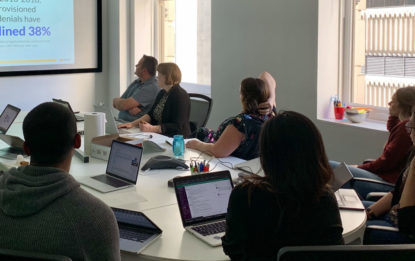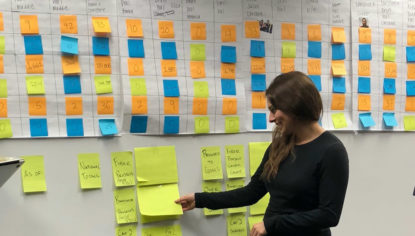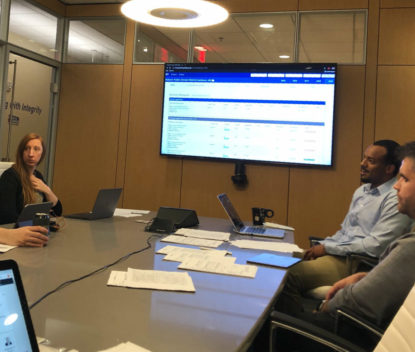
Founding
EducationSuperHighway
Founding
Story
A coincidence led Evan Marwell to take on the challenge of starting EducationSuperHighway and closing the school connectivity gap.
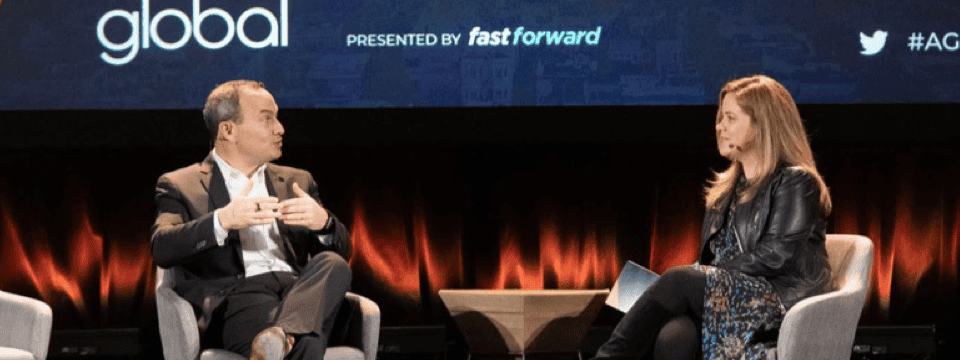
Fundraising Tips to Help Maximize your Impact
Similar to startups, we fundraised in sprints using key milestones. Consider how you could apply this approach to your fundraising model.
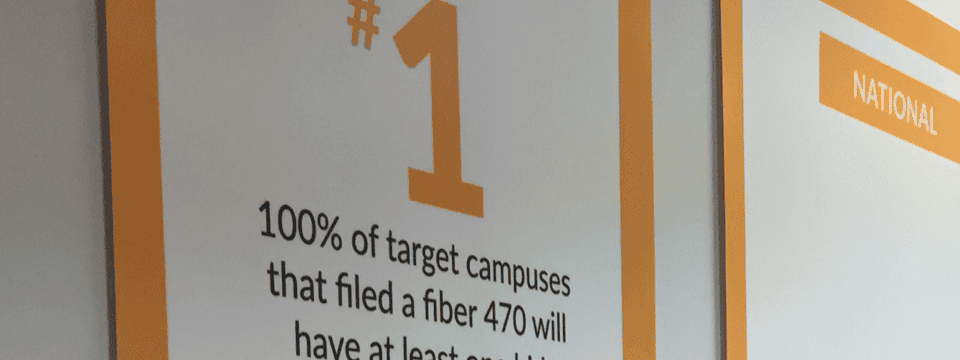
How Setting A Finite Goal Accelerated Our Success
We had one finite goal that guided every project, hire, and dollar spent. Learn the benefits of this approach, and considerations for setting a finite goal.


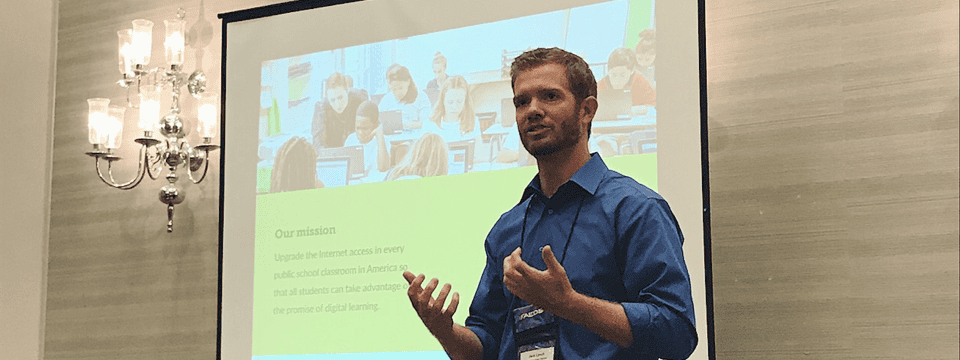
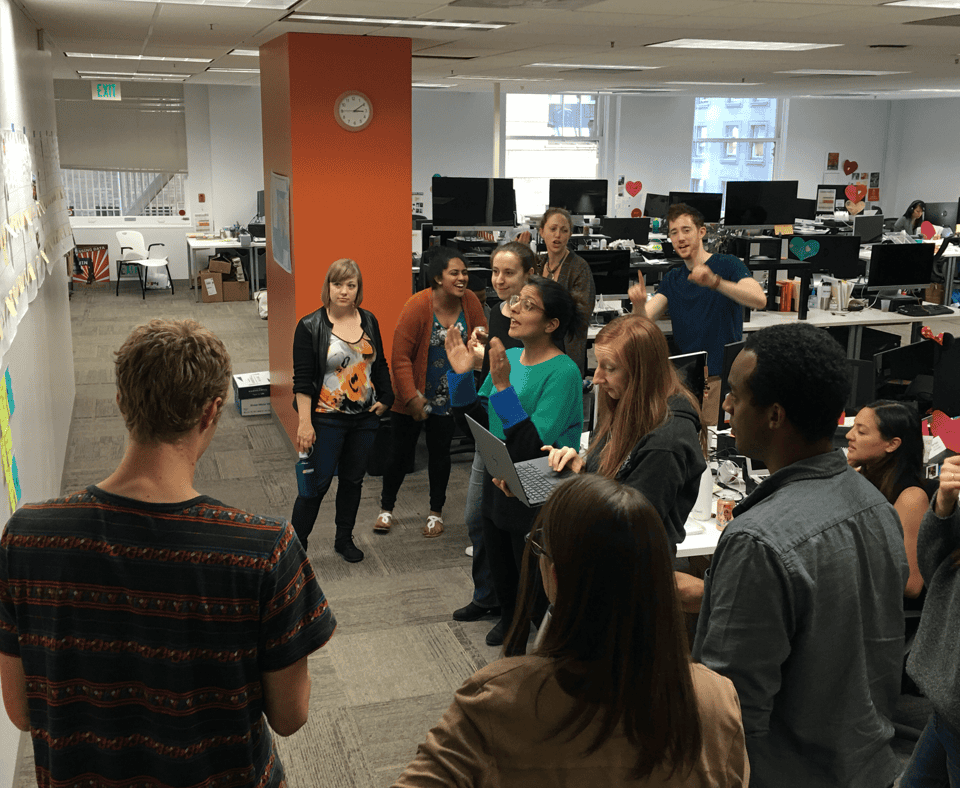
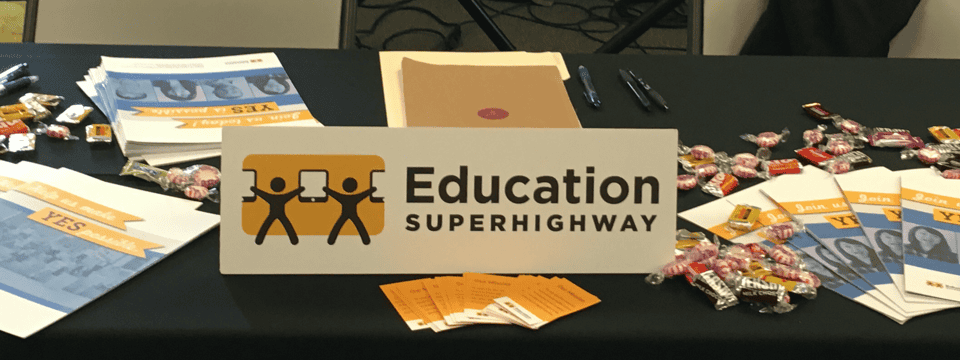
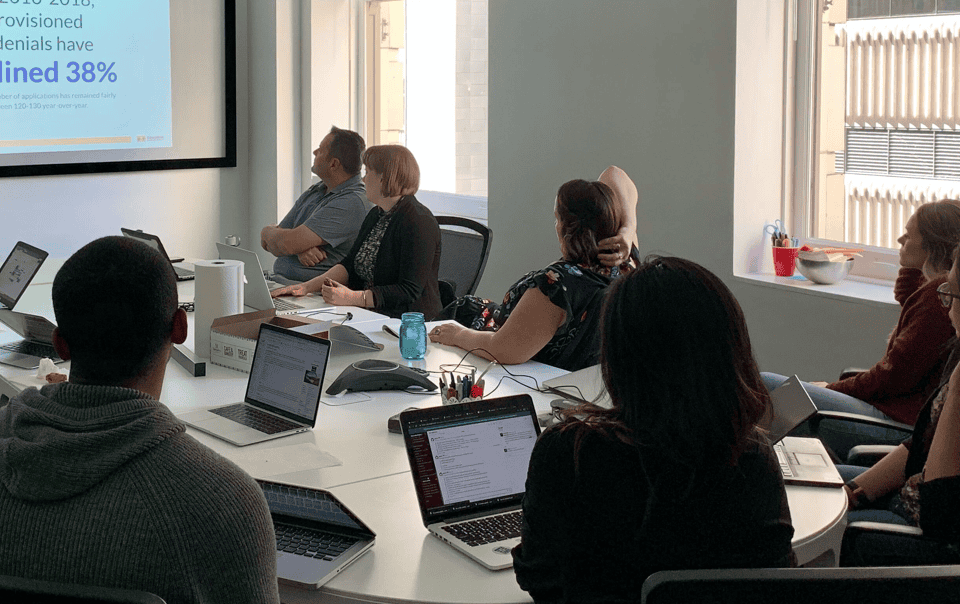


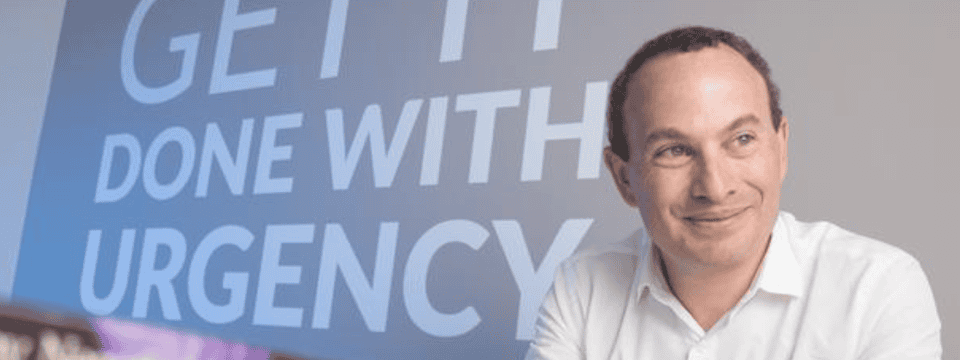
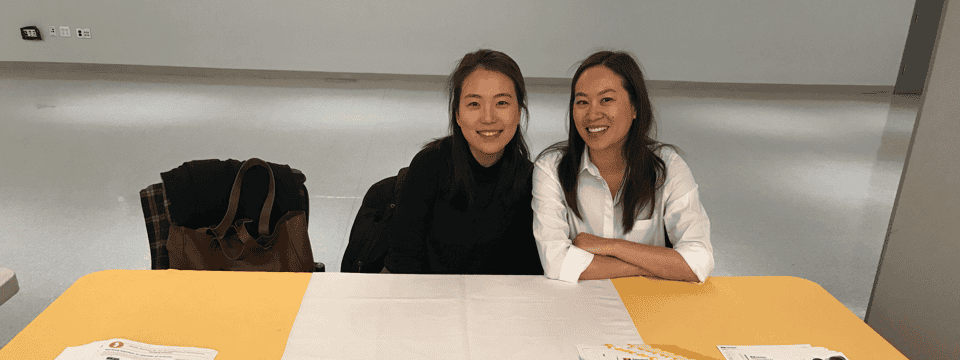
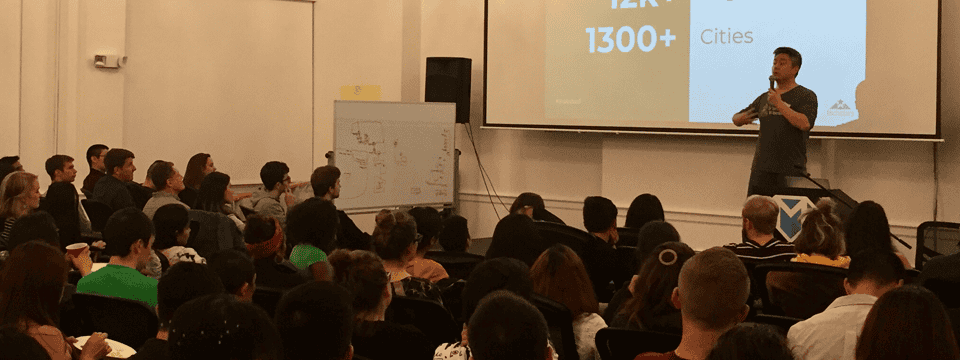
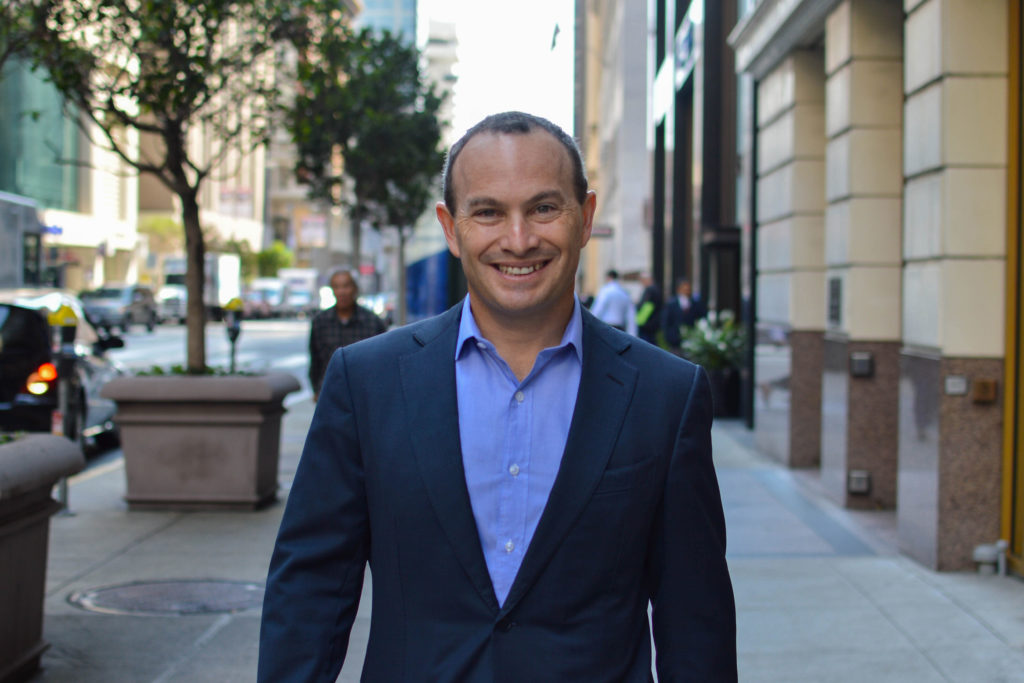
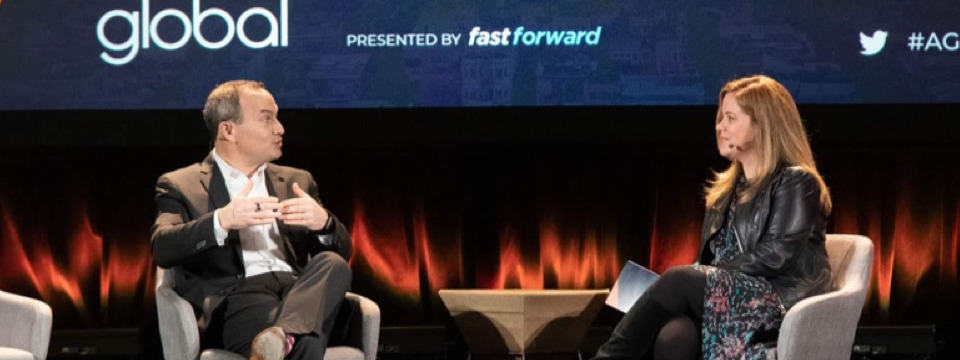
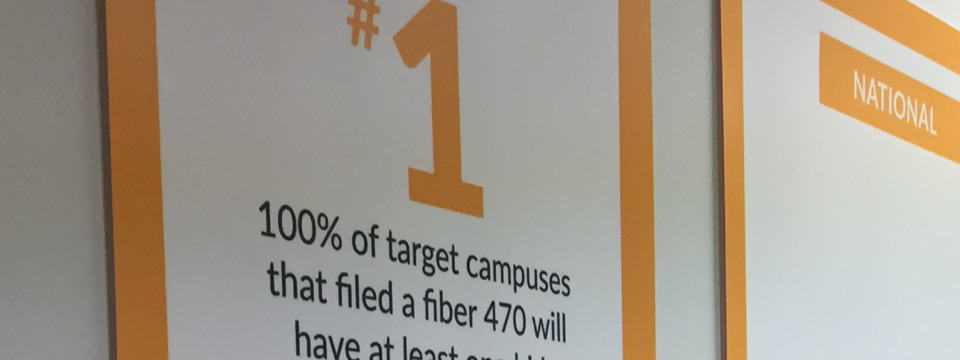
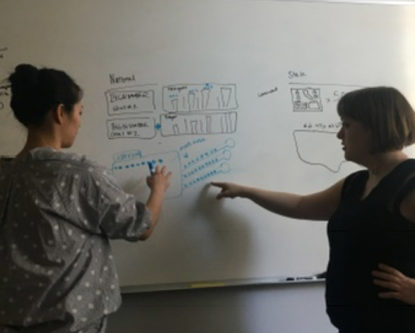
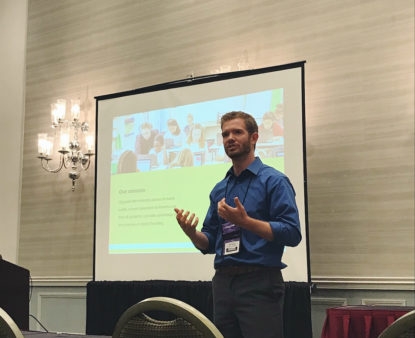 As with the rest of the organization, our leadership team evolved over time, with several inflection points, individuals, and decisions that were ultimately critical to our success. By investing in our leaders both individually and as a group, we became better equipped to navigate complex challenges, make strategic decisions, and even wind down operations.
As with the rest of the organization, our leadership team evolved over time, with several inflection points, individuals, and decisions that were ultimately critical to our success. By investing in our leaders both individually and as a group, we became better equipped to navigate complex challenges, make strategic decisions, and even wind down operations.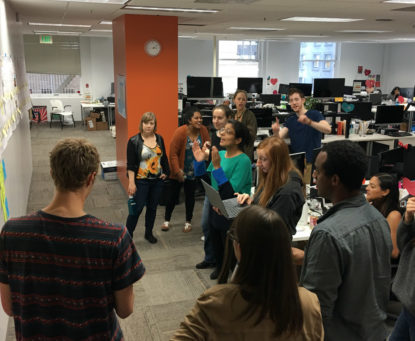 At the beginning of 2012, EducationSuperHighway had seven employees. By 2016, we had 77 people working on all kinds of projects, across multiple teams: data collection, data analysis, partner outreach, engineering, marketing, and more.
At the beginning of 2012, EducationSuperHighway had seven employees. By 2016, we had 77 people working on all kinds of projects, across multiple teams: data collection, data analysis, partner outreach, engineering, marketing, and more. Everyone knows that people are the key to building a successful organization. As a nonprofit competing for talent in the San Francisco Bay Area, we had to develop an innovative hiring strategy to get the people we needed to accomplish our mission. Our approach included committing significant resources to the hiring process from day one, developing talent from within for our technical teams, and recruiting people who were truly mission-driven. To build our incredible team, we did the following:
Everyone knows that people are the key to building a successful organization. As a nonprofit competing for talent in the San Francisco Bay Area, we had to develop an innovative hiring strategy to get the people we needed to accomplish our mission. Our approach included committing significant resources to the hiring process from day one, developing talent from within for our technical teams, and recruiting people who were truly mission-driven. To build our incredible team, we did the following: